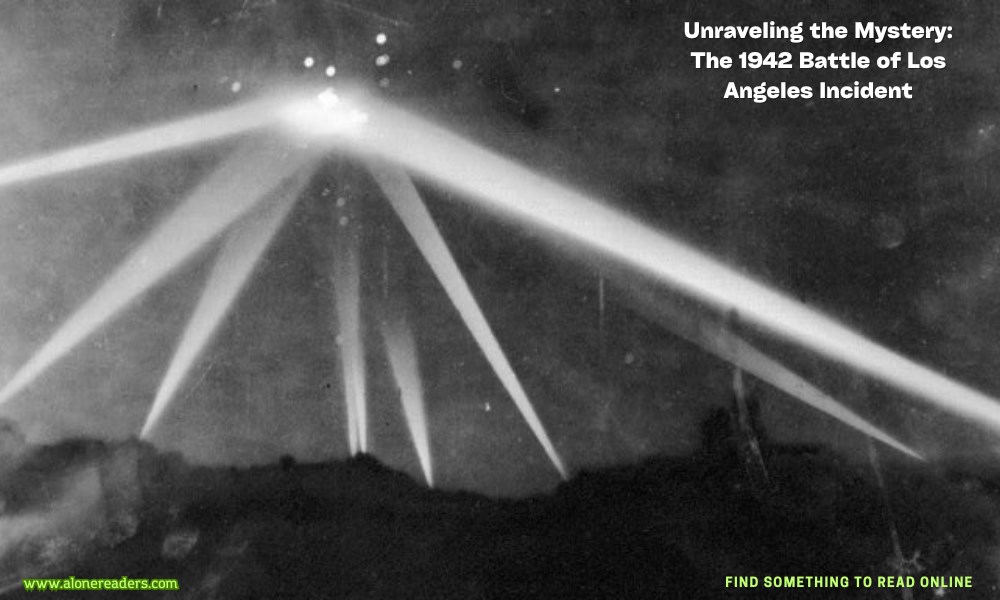
In the early morning hours of February 25, 1942, the city of Los Angeles found itself at the center of an alarming military episode that would come to be known as the Battle of Los Angeles. This event occurred less than three months after the United States entered World War II following the Japanese attack on Pearl Harbor. Amidst the widespread fear of another potential attack on American soil, the residents of Los Angeles witnessed what was perceived to be a hostile engagement in the skies above their city. This incident, characterized by a massive anti-aircraft artillery barrage, was later determined to be a false alarm, with the supposed enemy aircraft likely being weather balloons or other non-hostile objects.
The roots of this false alarm trace back to the tension-filled atmosphere that pervaded the U.S. West Coast. After the bombing of Pearl Harbor, coastal defenses were on high alert, and the American public was braced for further Japanese military actions. On the night of February 24, 1942, the naval intelligence instructed units on the California coast to prepare for a potential Japanese attack. This warning set the stage for the ensuing chaos.
Just after 2:00 AM on February 25, military radar picked up an unidentified object approximately 120 miles west of Los Angeles. Air raid sirens sounded throughout Los Angeles County, and a total blackout was ordered. The city’s air raid wardens were promptly mobilized. Families huddled in their homes, some heading for air raid shelters, while others peered anxiously into the darkened sky.
As the object drew closer, anti-aircraft batteries were alerted, and searchlights scanned the sky. Shortly after 3:00 AM, the artillery barrage began, with shells bursting around what many believed to be enemy aircraft. The gunfire continued sporadically until just after 4:00 AM, illuminating the night sky and sending shell fragments raining down on the neighborhoods below.
The chaos and confusion were compounded by the fact that different military and civilian reports described varying numbers and types of aircraft ranging from one to several dozen. This lack of consistent information fueled speculative public narratives and sensational media reporting, further intensifying the sense of crisis.
However, despite the intensity of the anti-aircraft fire, no enemy aircraft were downed, and there were no reports of enemy casualties. In fact, the only casualties were on the American side, with several civilians killed or injured both from the direct effects of the artillery fire and in traffic accidents during the blackout and subsequent chaos.
In the aftermath, the U.S. military and government faced public scrutiny and embarrassment. Initially, the Secretary of the Navy Frank Knox dismissed the incident as a "false alarm" caused by "jittery nerves." Later investigations suggested that the triggering factor might have been a weather balloon that caused radar operators to mistakenly identify it as an enemy aircraft.
Further complicating the narrative were conspiracy theories and rumors that proliferated in the years following the event. Some speculated about secret enemy technology or extraterrestrial involvement, although these theories lacked credible evidence.
The incident was a significant moment in American military history, showcasing the anxiety that gripped the nation during the early days of its involvement in World War II. It highlighted both the vulnerability of civilian populations in wartime and the challenges of maintaining clear communication and accurate intelligence in a high-stress environment.
In contemporary times, the Battle of Los Angeles serves as a case study in the psychology of war, the impact of wartime propaganda, and the potential consequences of military decisions based on incomplete or incorrect information. It remains a poignant reminder of the fog of war and the real human costs that come from it, even when the battle being fought is against phantoms of fear and confusion.